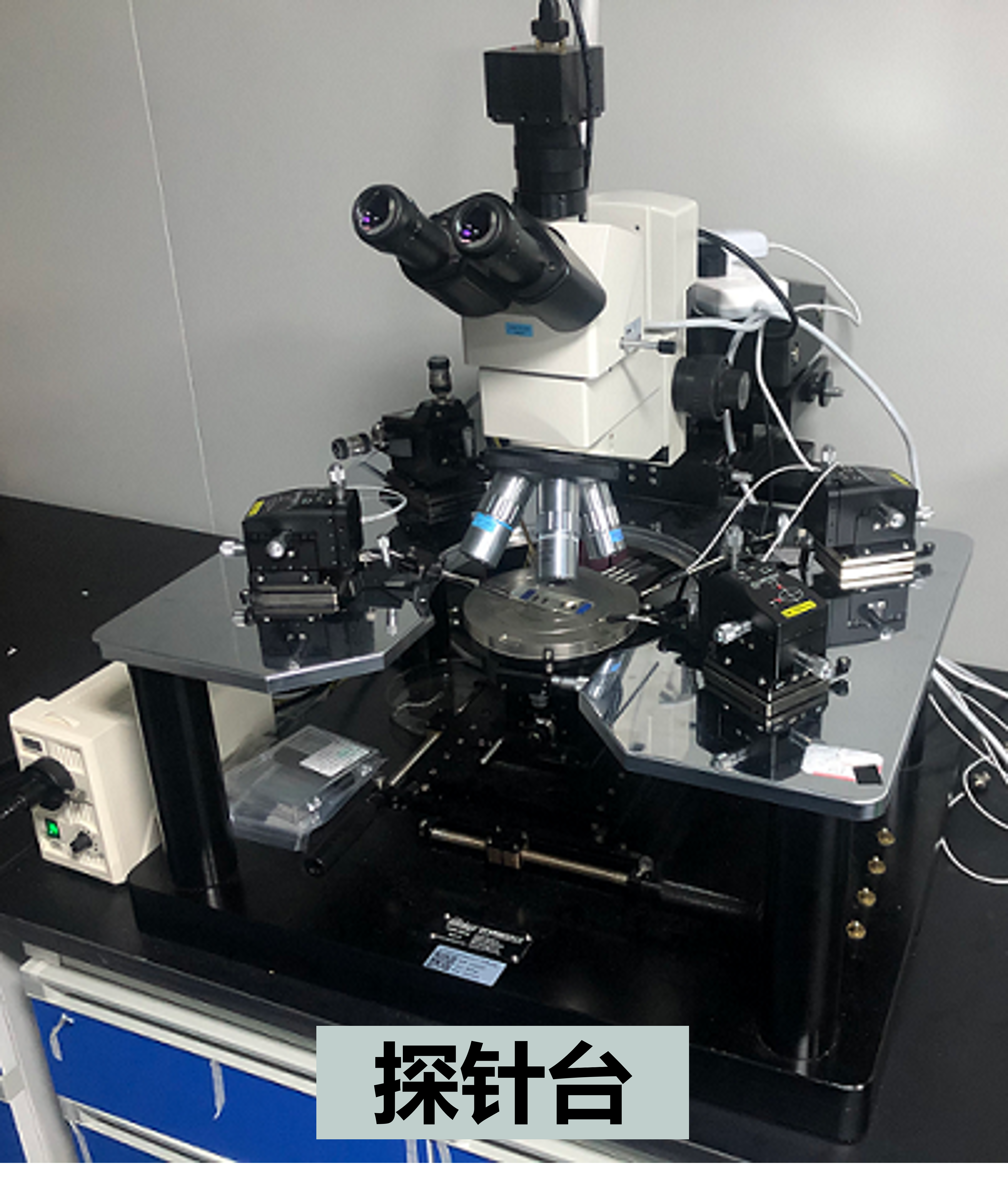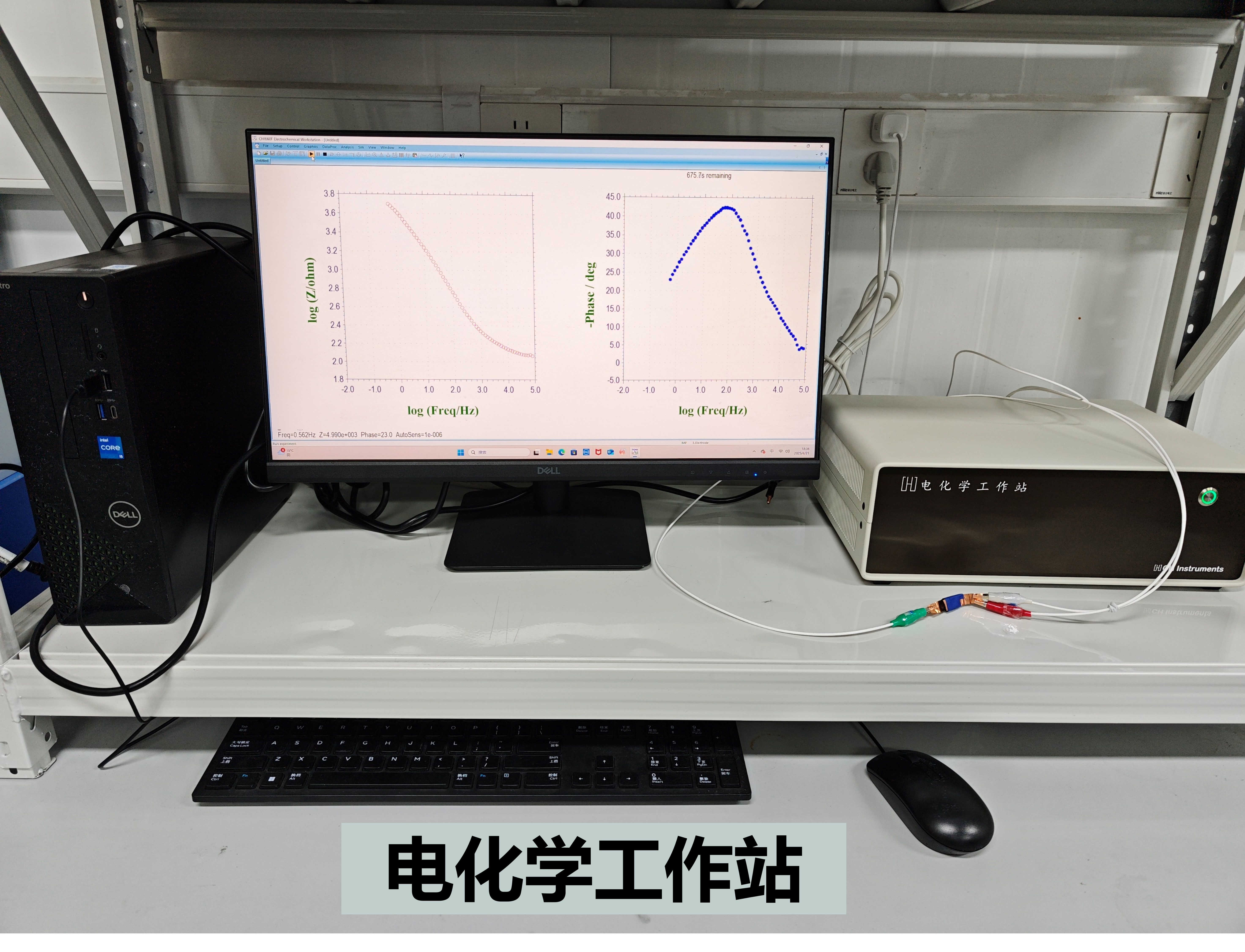Qiulin

|
- Professional Title:Professor
Supervisor of Doctorate Candidates
Alma Mater:Graguate School of Chinese Academy of Sciences
Discipline:Thermal Engineering
School/Department:School of Energy and Environmental Engineering
Business Address:Office 1107, Jidian Building, University of Science and Technology Beijing
 Contact Information
Contact Information
- ZipCode:
- PostalAddress:
- Email:
- Research Field
Thermophysical evaluation methods and heat transport mechanism of advanced materials
Release time:2025-04-14 Hits:
When the characteristic size of the material is equivalent to or close to the mean free path of the energy-carrying particles, its thermal transport characteristics will change significantly compared with the bulk material, reflecting a strong scale effect, and the interface effect will be significantly enhanced, and even new phenomena such as thermal rectification will appear. However, due to the difficulty in the experimental measurement of nano-scale materials and interfaces, the reported research work mainly focuses on numerical simulation. This team develops new technologies for micro/nano scale structural materials and interface thermal measurement, such as harmonic-wave method, scanning thermal microscope, steady-state contact thermal resistance measurement system, probe station measurement system, etc., covering scales from a few nanometers to millimeters, the types of materials include wire/tube materials, thin film materials, interface materials, porous materials, liquids, powders and micro/nano composite materials, etc. The scanning imaging of thermal and physical properties distribution in nanometer scale is realized. The above technology and instruments are completely independently developed, and belong to the domestic leading in the field of micro-nano scale material thermal properties characterization instruments. It has an important role in promoting and supporting the industrial fields such as microelectronics/optoelectronics, aerospace and industrial energy conservation, which are closely related to the national economy and people's livelihood.
(1) The harmonic-wave method thermal property measurement system can complete the measurement of 8 kinds of materials (block, porous materials, anisotropic materials, fluids, powders, fibers, nanotubes, films) and 4 kinds of thermal property parameters (thermal conductivity, thermal diffusivity, heat capacity, interface thermal resistance). In total, it has provided thermal physical property testing services for more than 40 institutions at home and abroad, and its instruments have been sold to 10 institutions.


(2) High-temperature harmonic method thermal physical property measurement system: It can measure the thermal conductivity of materials within a wide temperature range from room temperature to 500℃, providing key basic data for the thermal performance characterization of materials throughout the entire temperature range. It has significant engineering application value for the research and development of materials in high-temperature environments and the optimization of material performance under extreme conditions.

(3) Scanning thermal microscopy: It can realize the measurement of surface morphology, roughness, thermal conductivity, elastic modulus, electrical conductivity and local thermal melting point of materials with nanometer spatial resolution. It has an important application prospect for in situ characterization of thermophysical properties of materials with nano-structure characteristics in different dimensions, such as zero-vinamil particles, two-dimensional nanofilms and three-dimensional nano-porous materials.

(4) Steady-state contact thermal resistance measurement system: it can measure the thermal conductivity of block, porous material and film and the contact thermal resistance with other materials, which is suitable for the thermal physical property testing requirements of materials related to engineering applications.

(5) Other auxiliary systems:
1. Probe measuring system: It can complete VI, VC, 1-T, Vt, photoelectric signal, 1/f noise test, device characterization test, RF radio frequency and so on. Suitable for testing requirements of micrometer size electrodes.
2. Electrochemical Workstation (Model: CHI660F) : The electrochemical workstation is a key device used by our research group for performance testing of wearable sensors. This workstation features high precision (Pa-level current resolution) and a wide potential range (±10V), enabling precise measurement of key parameters such as conductivity and resistance of flexible sensors. The equipment supports multiple test modes, including cyclic voltammetry (CV), linear scanning voltammetry (LSV), and electrochemical impedance spectroscopy (EIS), and is particularly suitable for evaluating the electrochemical performance of flexible functional materials such as conductive polymers and nanocomposites. Its multi-channel testing function can simultaneously characterize multiple sensor units, and the accompanying professional analysis software can conduct in-depth analysis of impedance spectra and I-V characteristic curves.
3. Homogenizer (Model: KW-4C) : A homogenizer is an instrument that, by rotating the substrate at high speed, uses centrifugal force to evenly coat the adhesive liquid dropped on the substrate. Films of different thicknesses can be obtained based on the viscosity coefficients, rotation speeds and times between different adhesives and substrates.




